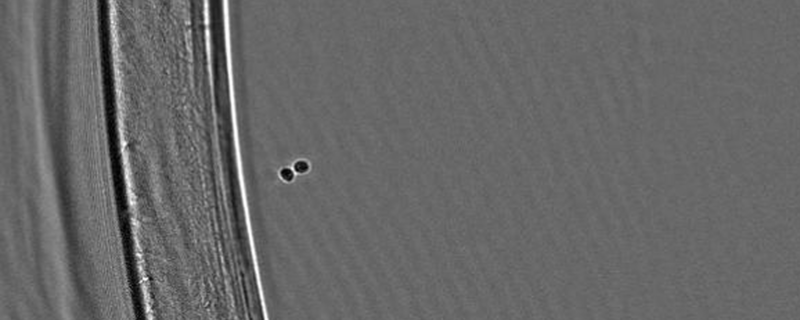
Proving Clonality is a Hot Topic at Informa “Cell Line Development and Engineering” Conference
Guest Blog by Andrea Gough, Product Manager, Solentim
The Annual Informa Cell Line Development and Engineering conference held in Vienna this April opened with the recurring headline theme of the importance of, and the unknown parameters required for, proving the clonality of cell lines used for the manufacture of therapeutics.
Clonality dominated the opening morning’s talks and discussions, as well as much of the remaining conference, emphasizing the true significance of the matter for all parties taking part in the often complex development of cell lines for therapeutic production.
The meeting opened with a talk by the predominant industry regulator, the US FDA, and ended with group workshop, chaired by former FDA CMC reviewer Dr. Audrey Jia, evaluating and providing feedback to the wider audience on the various strategies used by industry to demonstrate monoclonality in their filings. The discussion clearly indicated that within the cell line development arena there is truly a mixed bag of methods being employed for tackling the clonal production of cell lines ranging from the traditional multiple rounds of limiting dilution with statistical analysis, to the growing trend of reducing cloning rounds via the introduction of automated cell seeders and imaging solutions.
The discussion also highlighted that the interaction between industry and the FDA is somewhat limited and the information provided by the FDA was deemed by industry as either incomplete or vague. It seemed apparent during the group discussions that having more clearly defined IND submission criteria, for example ‘what is acceptable proof of monoclonality’, would greatly aid industry.
One of the standout talks of the morning was by Arna Andrews from CSL who presented with her data that new imaging technologies have shown up the deficiencies in the traditional limiting dilutions approaches. Her data was clearly able to show that a single round of cloning with an appropriate imager outperforms two round of LDC assessed via Coller and Coller statistics.
The continuing sessions of the first day went on to emphasize the extended difficulties for the CLD groups involved in the production of biosimilars and how their plight in CLD is accentuated by the fact that not only do they need to achieve all the usual ideal parameters of the novel therapeutics processes: good cell line stability, high levels of growth and protein production and verification of cell line clonality, but they must also ensure their product holds ‘similar’ structure and activity to the original therapeutic. The presentations outlined how biosimilars’ post-translational modifications have to fit within the ranges of the originator product, however, the biosimilar CLD groups have to define these ranges before they can ensure this and prove to the regulators that their product is within range.
The bulk of the remaining two days of sessions centered on the many ongoing challenges in Industry of increasing cell line productivity, reducing timelines to production and improving the cell line stability. Whilst these parameters remain very much at the forefront of well-established cell line development groups’ main goals, their respective focus for CLD improvement, is however highly varied. Presented during the sessions were some approaches that centered on improving the host cell lines, with one example focusing on ensuring the stability of the cell line by repressing the therapeutic protein expression during cell line development to avoid additional stresses on the cells. Others groups, like Bayer in US, presented their focus centered on full automation of their CLD process to reduce timelines, or on the use of site directed integration to improve the chances of obtaining their rare events.
There were some nice presentations by Boehringer and Novartis Basel that illustrated how, by using proprietary molecular biology techniques, they had been able to trap a proportion of secreted antibody on the cell surface and hence enrich their cell population at the point of seeding for high producers.
Some of the latest and greatest technologies being employed and discussed amidst the sessions were the application of next generation sequencing technology for cell line characterization and cell line engineering using CRISPR/Cas9 technology to knockout proteins inhibitory to efficient therapeutic production.
Some of the next generation of seeding technologies were starting to make an appearance at this conference. Whilst interesting technologies, could they be deemed a risky investment at this time, as a number of competing and improved technologies are expected to be appearing in the coming year?
Finally, there were several podium presentations during the conference given by our customers; including bioCSL (Australia), Polymum (Austria) and Novartis (Switzerland) that illustrated how the Cell Metric CLD really had become the predominant tool for customers around the globe to image their cells and document clonality.
Solentim will be attending the Cell Line Development & Engineering Conference, 13th-15th June, at the Parc 55 Hotel in San Francisco, CA. Solentim will be exhibiting at booth #21 and global sales specialists will be available to meet with existing customers and to answer questions.